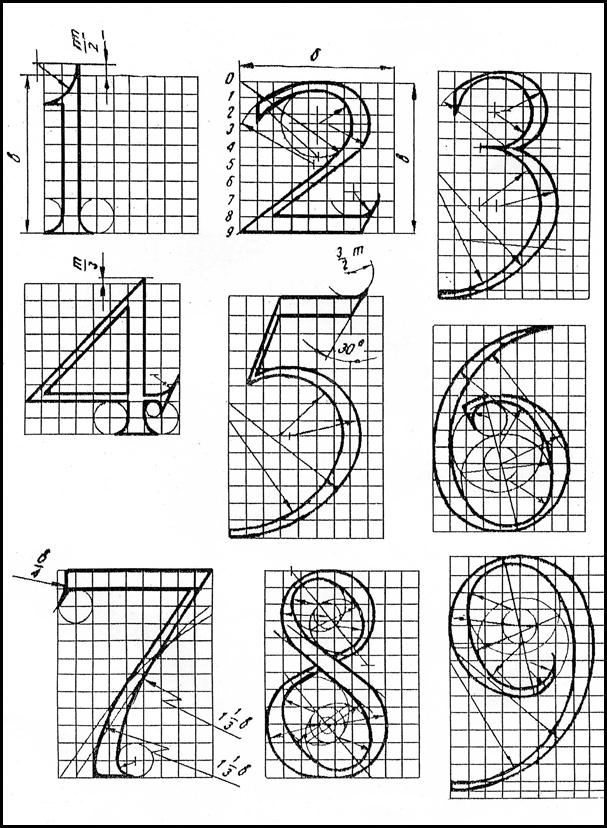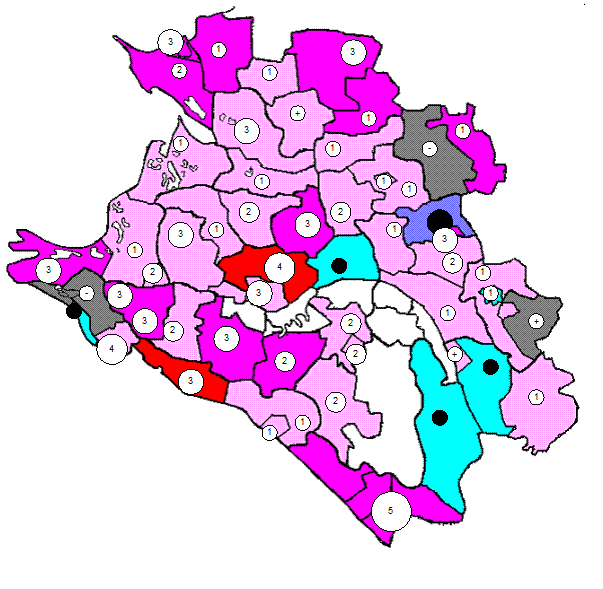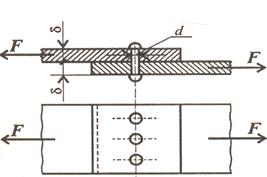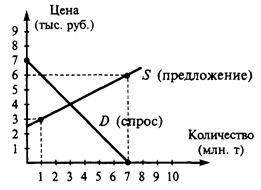Веб-сайты. http://www.britannica.com/seo/e/erik-h-erikson/
Britannica Article http://www.britannica.com/seo/e/erik-h-erikson/ Биография основных фактов из жизни Эрика Эриксона со ссылками на дополнительные источники. http://elvers.stjoe.udayton.edu/history/people/Erikson.html Краткая биография, а также подробное резюме и критика его теории. Библиография. Appadurai, А. (1978). Understanding Gandhi. In P. Homans (Ed.), Childhood and selfhood. Cranbury, NJ: Associated University Presses. Arcaya, J. (1999). Hispanic American boys and adolescent males. In A. Home & M. Kiselica (Eds.), Handbook of counseling boys and adolescent males. Thousand Oaks, CA: Sage Publications. Cohler, В., Hostetler, A., & Boyer, A. (1998). Generativity, social context, and lived experience: Narratives of gay men in middle adulthood. In D. McAdams & E. de St. Aubin (Eds.) Generativity and adult development. Washington, DC: American Psychological Association. Coles, R. (1970). Erik Erikson: The growth of his work. Boston: Little, Brown. Coles, R. (2000). The Erik Erikson reader. New York: Norton. Cote, J., & Levine, C. (1987). A formulation of Erikson's theory of ego identity formation. Developmental Review, 7, 273-325. de St. Aubin, E. (1998). Truth against the world: A psychobiological exploration of generativity in the life of Frank Lloyd Wright. In D. McAdams & E. de St. Aubin (Eds.), Generativity and adult development. Washington, DC: American Psychological Associations. Erikson, E. (1958). Toung man Luther. New York: Norton. Erikson, E. (1963). Childhood and society (2d ed.). New York: Norton. Erikson, E. (1964). Insight and responsibility. New York: Norton. Erikson, E. (1965). The challenge of youth. New York: Doubleday Anchor Books. Erikson, E. (1968). Identity, youth and crisis. New York: Norton. Erikson, E. (1969). Gandhi's truth. New York: Norton. Erikson, E. (1974). Dimensions of a new identity. New York: Norton. Erikson, E. (1975). Life history and the historical moment. New York: Norton. Erikson, E. (1977). Toys and reasons. New York: Norton. Erikson, E. (1978). Adulthood. New York: Norton. Erikson, E. (1979). Report to Vikram. In S. Kakar (Ed.), Identity and adulthood. Delhi, India: Oxford University Press. Erikson, E. (1980a). Identity and the life cycle. New York: Norton. Erikson, E. (1980b). On the generational cycle: An address. New York: Norton. Erikson, E. (1981). The Galilean sayings and the sense of «I». New York: Norton. Erikson, E. (1982). The life cycle completed. New York: Norton. Erikson, E. (1983). Reflections: On the relationship of adolescence and parenthood. Adolescent Psychiatry, 2, 9-13. Erikson, E. (1985). Reflections on the last stage-and the first. The Psychoanalytic Study of the Child, 39. Erikson, E. (1987). A way of looking at things: Selected papers from 1930 to 1980. New York: Norton. Erikson, E. (1993). The problem of ego identity. In G. Pollock (Ed.), Pivotal papers on identification. Madison, CT: International Universities Press. Erikson, E., Erikson, J., & Kivnick, H. (1986). Vital involvement in old age. New York: Norton. Erikson, E., & Erikson, J. (1997). The life cycle completed. (Extended version). New York: Norton. Evans, R. (1969). Dialogue with Erik Erikson. New York: Dutton. Friedman, L. (1999). Identity's architect. New York: Scribner/Simon and Schuster. Gilligan, C. (1982). In a different voice. Cambridge, MA: Harvard University Press. Gross, F. (1987). Introducing Erik Erikson: An invitation to his thinking. Lanham, MD: University Press. Hamachek, D. (1988). Evaluating self-concept and ego development within Erikson's psychosocial framework: A formulation. Journal of Counseling and Development, 66, 354-360. Hamachek, D. (1988). Evaluating self-concept and ego development in Erikson's last three psychosocial stages. Journal of Counseling and Development, 68, 677-683. Homans, P. (Ed.). (1978). Childhood and selfhood: Essays on tradition, religion, and modernity in the psychology of Erik Erikson. Cranbury, NJ: Associated University Presses. Kivnick, H. (1998). Through the life cycle: Psychosocial thoughts on old age. In G. Pollock & S. Greenspan (Eds.), The course of life, Vol. 7. Madison, CT: International University Press. Lee, S. (1998). Generativity and the life course of Martha Graham. In D. McAdams & E. de St. Aubin (Eds.), Generativity and adult development. Washington, DC: American Psychological Association. Levene, M. (1990). Female adolescent development: Reflections upon relational growth. Melanie-Klein-and-Object-Relations, 8, 31-42. Lifton, R. (1998). Entering history: Erik Erikson's new psychological landscape. In R. Wallterstein & L. Goldberger (Eds.), Ideas and identities: The life work of Erik Erikson. Madison, CT: International Universities Press. McAdams, D., &: de St. Aubin, E. (Eds.). Generativity and adult development. Washington, DC: American Psychological Association. Peterson, B. (1998). Case studies ofmidlife generativity: Analyzing motivation and realization. In D. McAdams & E. de St. Aubin (Eds.). Generativity and adult development. Washington, DC: American Psychological Association. Roazen, P. (1976). Erik Erikson: The power and limits of a vision. New York: Free Press. Sheehy, G. (1977). Passages. New York: Basic Books. Sheehy, G. (1995). New passages. New York: Ballantine. Smelser, N. (1998). Erik Erikson as social scientist. In R. Wallterstein & L. Goldberger (Eds.). Ideas and identities: The life work of Erik Erikson. Madison, CT: International Universities Press. Weiland, S. (1994). Erik Erikson: Ages, stages, and stories. In D. Shenk & W. Achenbaum (Eds.), Changing perceptions of aging and tke aged. New York: Springer. Wallerstein, R., & Goldberger L. (Eds.). Ideas and identities: The life work of Erik Erikson. Madison, CT: International Universities Press.
|




